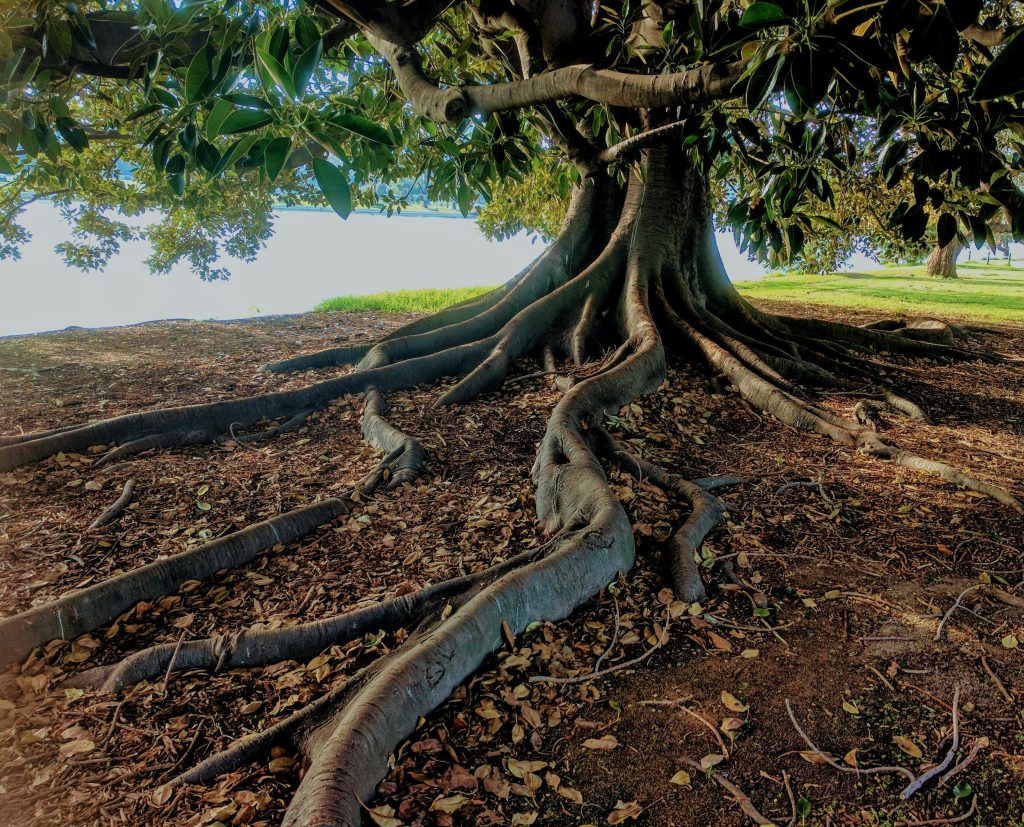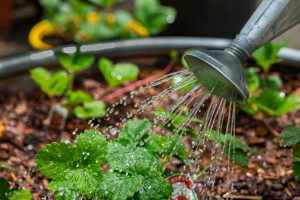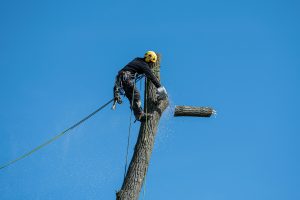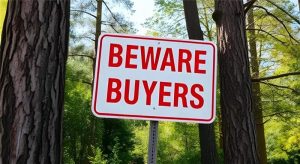
Common Tree Pests Near You
Arborists are not the same as tree loppers. Keeping trees healthy and happy is a huge part of what we do. This can involve pruning so sunlight reaches as many leaves as possible, offering advice on providing proper nutrients, and protecting or treating trees from pests and diseases.
Common Pests in Queensland
Queensland has many common pests that can quickly become problematic for trees, sometimes even killing them. Business Queensland has a comprehensive list of pests and diseases found in Queensland. Let’s talk about the most common pests we encounter.
Cigarette Beetle
Cigarette beetles are common but not a major issue. These pests are often found near buildings compressed in fibre boards, wooden ornamental materials, tobacco, and stored food products. Their larvae are the main cause of any damage, creating small circular holes inside wood when they emerge.
Christmas Beetle
Adult Christmas beetles eat leaves and commonly attack eucalypt tree species. Their swarming behaviour and insatiable appetite mean they can decimate new eucalypt saplings quickly. This results in less food for native creatures that rely on eucalypt tree species.
Culama Wood Moth
The Culama wood moth can kill your trees. They lay their larvae underneath tree bark, which feed around the sapwood and tunnel deep into the tree, destroying the xylem that transports water and nutrients. Over time, this causes trees to die off. The bark above the larvae eventually falls away completely.
Gumleaf Skeletoniser
The gumleaf skeletoniser is another pest fond of eucalypt trees. Larvae eat both leaf surfaces, leaving what looks like a skeleton of leaf veins, giving this caterpillar its name. Older larvae eat entire leaves. Trees attacked by the gumleaf skeletoniser often appear almost burnt with a bronzed look. Multiple outbreaks can strip the tree bare, and if this happens repeatedly, the tree can die.
Erinose Mites
Erinose mites are minuscule and eat the actual tissue of the plant. This causes abnormal growth in new shoots and leaves. These mites swarm over leaves and cause raised, yellow or red blisters on the leaf surfaces. These blisters inhibit the photosynthesis necessary for the tree’s survival, causing various other issues over time.
Longicorn Borers
Longicorn borers prefer freshly cut wood, dying limbs, and trees struggling with environmental stress, such as drought. Longhorn borer larvae feed on the sap underneath the tree’s bark, causing damaged areas that also affect the xylem of the tree. Larval tunneling, boring, creating pupal chambers, and emergence holes through the bark affect the structure and quality of wood.
Ensuring Tree Health
Healthy trees are those that have enough nourishment to heal themselves. Many pests do not immediately kill trees but can eventually destroy them. Ensuring your trees are properly fed and watered will help them grow strong enough to fend off pests or at least heal the damage.
For professional advice and assistance with tree care, contact your local arborist, Ecological Tree Services. We can help maintain the health and beauty of your trees, ensuring they thrive for years to come.
Alex the Arborist



